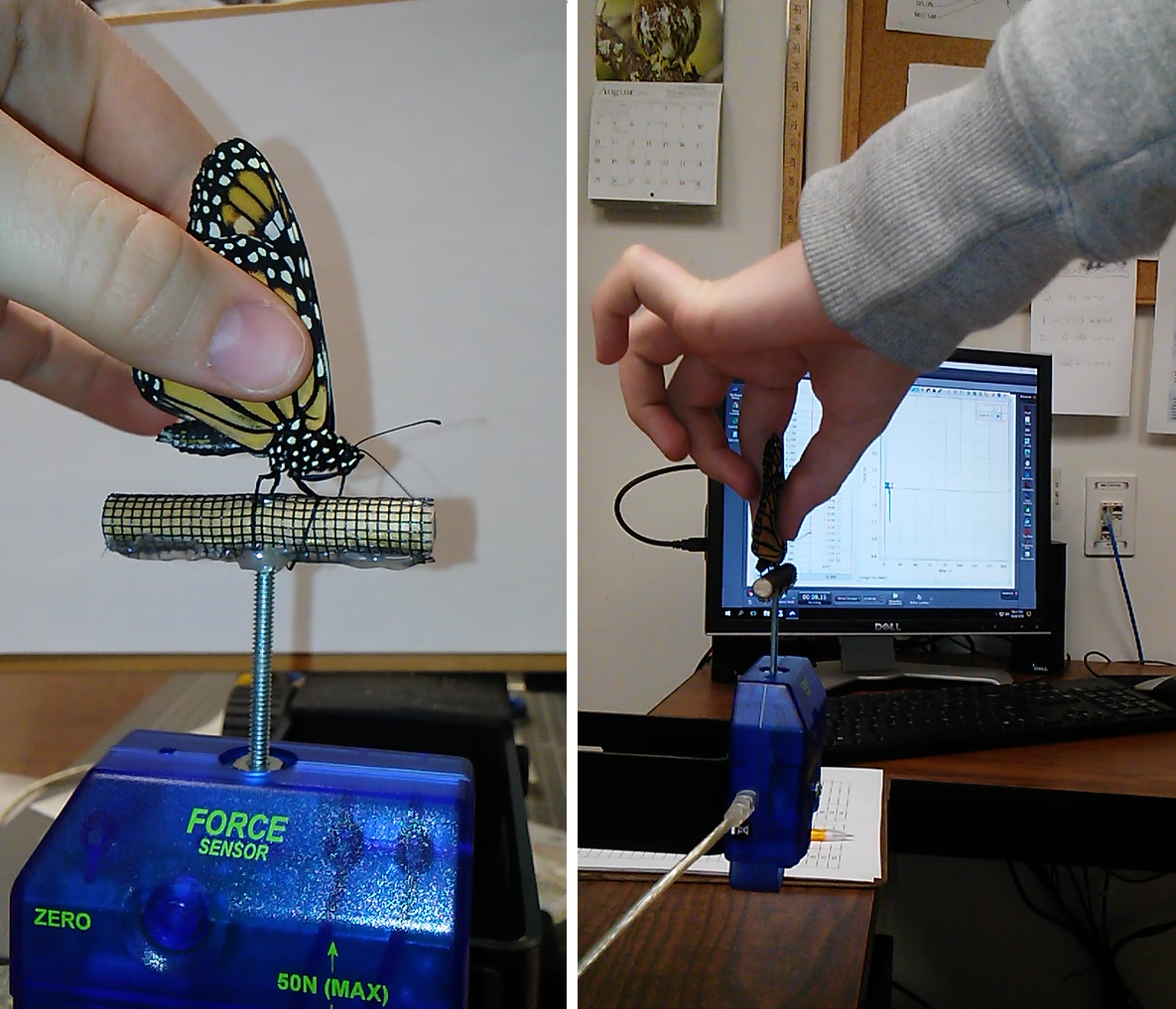Monarch butterflies reared in captivity weaker than wild migrants – study
New research attempts to explain why the captive-reared insects have lower migratory success than wild monarchs.

Monarch butterflies reared in captivity are weaker than their wild counterparts, scientists have said.
Researchers in the US have found that the insects are also paler and their forewings less elongated compared with their fellow wild migrants.
The team said their findings, published in the journal Biology Letters, attempt to explain why reared monarchs have lower migratory success compared with wild ones.
Lead author Dr Andrew Davis, an assistant research scientist at the University of Georgia’s Odum School of Ecology in the US, told the PA news agency: “Our work provides the first direct evidence showing that captive-reared monarchs are not as good as wild ones.
“Prior work has demonstrated that captive-reared monarchs tend to have lower migration success.
“Our results provide an explanation for that pattern – captive-reared monarchs do not have the physical strength, or the proper physical forms needed for successful migration.”
Millions of monarchs leave their summer breeding grounds in the US and Canada every year to travel more than 3,000 miles to overwintering grounds in southwestern Mexico.
To find out whether captive-reared insects were up for this gruelling journey, the researchers studied 120 butterflies, with 80 monarchs in the two reared groups and 40 in the wild group.
They tested the physical prowess of the butterflies by measuring the grip strength of the insects’ legs, using a device known as an electronic force gauge.
The average strength of reared monarchs combined was 56% less than the wild group, even when accounting for size, the researchers said.
The team also looked at specific wing features, such as size, shape and colour.
The forewings in captive reared monarchs were found to be less elongated and their orange wing colour was paler than wild monarchs.
Dr Davis told PA: “The orange colour of monarchs’ wings naturally varies from pale yellow to brick-red.

“Prior work has shown that those monarchs with more red colouration tend to be more successful at migrating, although we don’t know why.
“In the current study, we found that captive-reared monarchs were paler than the wild, which also points to their lower migration ability.”
Dr Davis said that while a small number of captive-reared monarchs do successfully migrate, most are poorly adapted for the wild.
He told PA: “The number of monarchs here in the US in the summer has not declined at all, but it is the number that reach their wintering destinations that has declined.
“Thus, it is really the migration that is in trouble, and there are many studies pointing to this and this is why this current study is so important.
“We showed that if people continue to release these weak, poorly-adapted monarchs into the wild, they will end up flooding the population with poor migrators at a time when the migration is suffering.”





